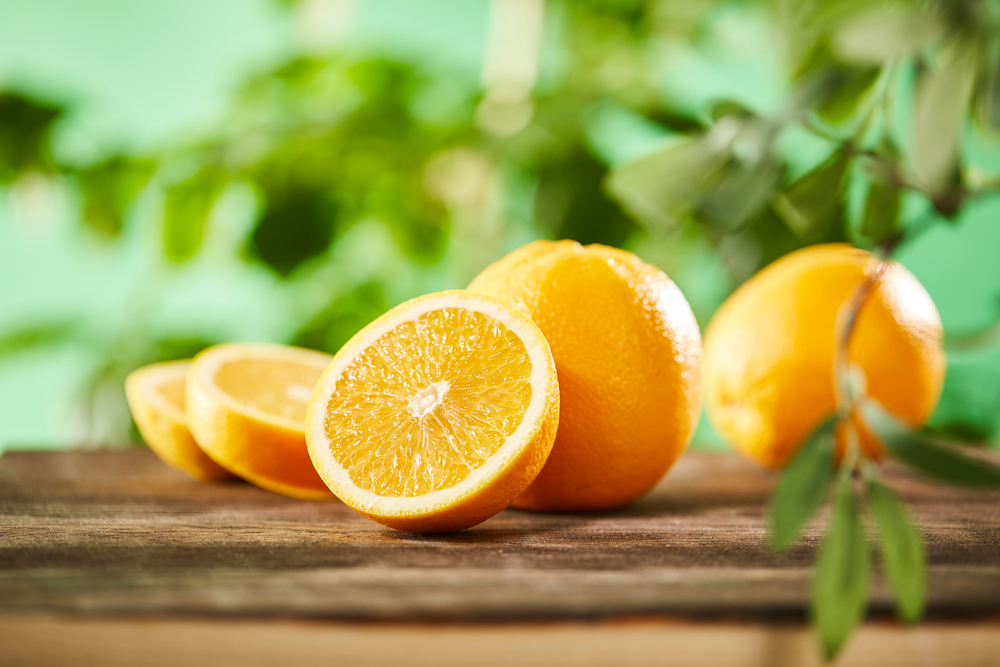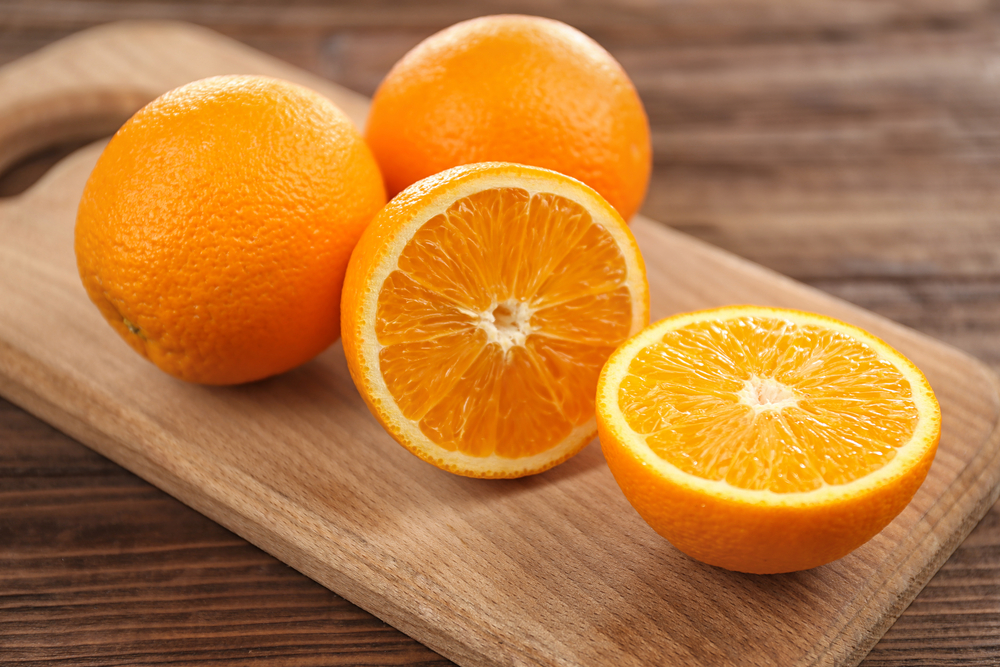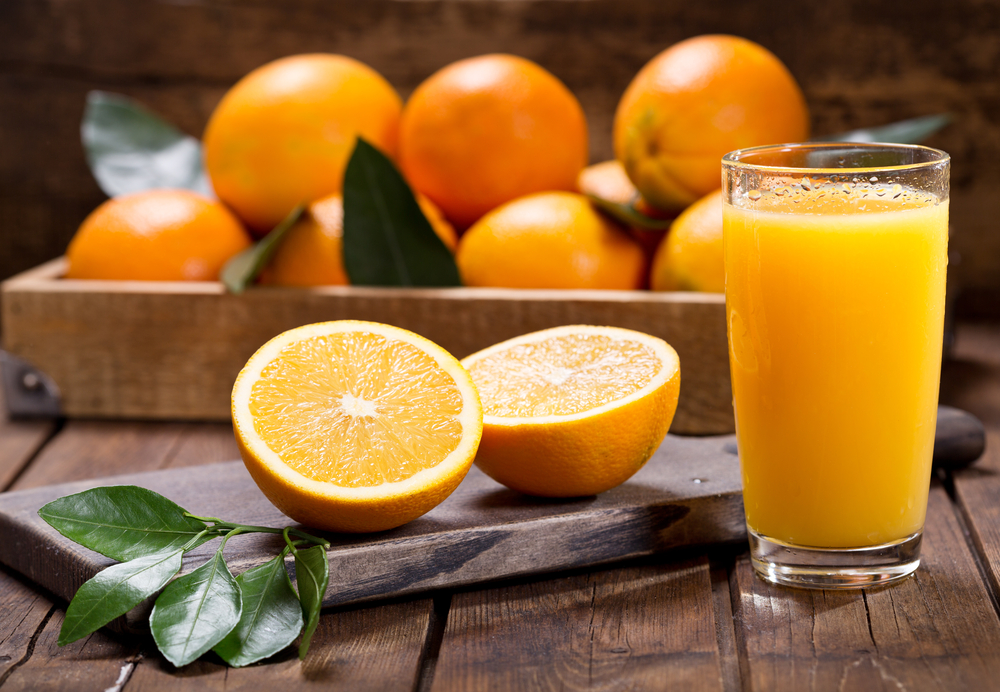Oranges are a delectable and fascinating fruit. Wrapped in a vibrant peel and perfectly serrated into bite-sized pieces, it is as if oranges were made for human consumption.
Have you ever wondered why biting into a clementine or navel orange doesn’t leave you with a mouthful of seeds?
While some oranges have seeds, the types of oranges we have grown used to eating typically do not. The reason for this is quite simple: seedless oranges are actually the product of a natural mutation.

Why Do Oranges Have Seeds?
Oranges in the wild are more diverse than you might think. Humans have learned to breed out much of that diversity, however, seeded oranges are still quite necessary to keep around. Although seedless oranges are delicious and easy to eat, seeded oranges are needed to produce more orange trees.
What Oranges Have Seeds in Them?
There are several types of oranges that are grown with seeds, which can be bought from most grocery stores or even grown by individual consumers. Seeded oranges you might already be familiar with include the Hamlin orange, the mandarin orange, and the blood orange.
Although we are used to eating oranges without seeds, seeded oranges are significantly more numerous and available, not to mention less expensive.
Are There Oranges That Have No Seeds?

As previously mentioned, oranges that don’t have seeds exist as a result of a natural mutation. Navel oranges, for example, were discovered because of the way in which the Laranja Selecta orange tree happens to mutate. Again, to reiterate, these oranges aren’t actually seedless. As a result of the mutation, the seeds are simply too small to see and taste.
When different varieties of oranges share too much of the same genetic material, they are unable to produce seeds with each other. The trees still produce fruit, but the seeds cannot be properly set. This results in oranges with seeds so tiny that the fruit appears seedless, which makes for a convenient and tasty snacking experience.
Of course, most seedless oranges (and many other seedless fruits as well) are genetically engineered in a lab. This is probably why seedless oranges seem more common than they actually are, especially in the wild.
What Are Oranges That Don’t Have Seeds in Them?
Oranges that don’t have seeds in them include the popular navel orange, the California-based Valencia orange, and the Jaffa orange. The Jaffa orange was originally bred in the city of Palestine, which is how it got its name. Its taste, in comparison to both the navel and Valencia oranges, is less flavorful, but still quite sweet.
The Cara Cara orange is a sweeter variety than the navel orange. You probably wouldn’t be able to tell the difference between the two without cutting the oranges open, as the Cara Cara has pink flesh, much like a grapefruit.

Seeded vs. Seedless Oranges: Which is Better?
The most noticeable difference between seeded oranges and seedless oranges is of course the seeds, however, there are a few other differences between the two. Orange seeds are actually quite nutritious, so those suffering from vitamin deficiencies may benefit from consuming the entire orange — seeds and all.
Seedless oranges, especially Valencias, are great for making fresh squeezed orange juice, which can then be frozen, saved, and used for a variety of different things. This is because seedless oranges contain more juice than seeded oranges, due to the lack of seeds.
Frequently Asked Questions:
How do seedless oranges grow?
Seedless oranges are grown and bred by cutting small branches from navel orange trees and grafting them onto another orange tree. Next time you’re about to enjoy a navel orange, consider this: every orange you’ve ever had has, in one way or another, come from the original Laranja Selecta orange tree found in Brazil!
Are seedless oranges healthy?
Seedless oranges are actually not as healthy as seeded oranges, due to the fact they contain fewer vitamins and minerals. Oranges that don’t have seeds are also lower in fiber, antioxidants, and plant-based nutrients. They sure are delicious, though, and navel oranges are considered to be one of the healthiest fruits in the world, despite the lack of seeds.

Which type of orange is healthiest?
If you’re looking for a particularly healthy orange, you can’t go wrong with the blood orange. Blood oranges are almost identical in terms of nutrition to navel oranges, however, due to the fact they have seeds, they have a significantly higher content of essential vitamins and minerals.
Conclusion
Oranges are a unique and widely loved fruit in many places around the world. They are rich in Vitamin C, Vitamin A, potassium, and fiber; and can be consumed in numerous ways. Oranges with seeds are considered to be slightly healthier, while oranges without seeds are tastier and easier to eat. Whether you are grabbing an orange to go or juicing it into a glass as part of a nutritious breakfast — you’re sure to enjoy it!







